Jorsøt | "Warrior's Cake" (/'joːɾsøt/*)
Jorsøt (literally "Warrior's Cake") is a meal during mid-afternoon or early evening that historically followed training, combat or the general usage of affinities. Similar traditions are followed all over Ereya, albeit with different names: Anttam in Asura and Khao Kan in the Heartlands. There is no worldwide convention on what is eaten during this meal except some type of dessert or snack containing high calories. The following is far from a comprehensive list of possible dishes but will hopefully give a general illustration of the tradition around the world.
Asura
During Anttam, Asurans eat kizarmis, fried dough made from flour, milk, eggs, and sugar, shaped into a tetrahedron or cube. These are stamped with symbols and, according to a game of the same name, thrown like dice. The thrower will receive whatever is inscribed on the upward-facing side, be it luck, prosperity, healthy animals etc. Colourful, sour milk sweets called leksi are eaten by all ages. These taste like yoghurt and have a hard shell protecting a soft and chewy inside. Only the nobility can afford lezzeta, a biscuit or cake stamped with the crest of their family, stuffed with imported berries, nuts and spices. The number of layers is indicative of the status of the family, so the thicker the biscuit, the more esteemed you are. Usually, lezzeta is reserved for special ceremonies and events, especially ones where you can invite your opponents. The desserts are washed down at the end of the meal with salted milk tea or fermented mare's milk, all served warm in cups of carved wood in the fashion of the Asuran, who do not use metal cutlery.The Heartlands
The Heartlands are renowned for their desserts so it is unlikely a coincidence that they observe Khao Kan twice a day. Additionally, Heartlander desserts are consumed during Jorsøt all around the world. Kan tan is a small, folded crêpe filled with meringue, shredded coconuts and sweet, thread-like strands of fried eggs. Kan roi is a dessert made of egg yolk and flour, shaped and coloured vibrant gold after the golden magnolia, and covered by a small square of gold leaf. Kan Gansorn is made of rice flour, coconut and sugar from the sugar palm which is abundant in the south of the continent. Hita is a type of rice cake originating from the Yōsune Archipelago made specifically to be eaten during Jorsøt with hot tea. It is stuffed with sweet red bean filling and roasted over a fire, dipped in syrup and coated with sugar. A popular drink is lychee syrup with soda, with ice if it can be afforded. Alternatively, one may drink reinara ("ancient tea"), a drink said to be favoured by the monarchs of the Tarai Dynasty; it is spiced differently depending on the region, but always very sweet.Kan tan
South Isord
Southern Isordi dessert is characterised by dried fruit such as dates and figs which grow around the borders of the Isordi Desert. Dates stuffed with walnuts can be seen on nearly every table during Jorsøt. Dried fruits are eaten directly or added to arlaya, a layered pastry with chopped nuts, dripping with honey or syrup. Popular in communities within the Desert are flat, crusty cakes made of wheat or barley and sweetened with honey. If filled with fruits, the crust is left folded halfway without fully covering the filling and sprinkled with chopped almonds. As for savouries, the Southern Isordi eat fried food for Jorsøt, from fried chicken to onion rings to fried potato slices. These are popular worldwide, but not usually eaten for Khao Kan or Anttam. by Ella Olsson
North Isord
Jorsøt in northern Isordi traditionally consists of fruit tarts or small cakes, served with cream on top. Pies are particularly common in the northeast, especially apple pies, which are likely relatives of crusty flat cakes from the south. Hot cocoa scented with vanilla is the customary drink but any beverage can be consumed except for alcohol, which is usually frowned upon for this meal. by Hugo Aitken
Traditional Isordi pie
History
Jorsøt, Anttam and Khao Kan began independently of each other on their respective continent but serves mainly the same purpose. Using affinities, or "shaping" as it is informally termed, requires a large amount of energy that could be quickly be replenished with sugary food. By the formation of the Winged Houses, this became a proper meal that even battling armies were expected to sit down and eat, or at least in Isord and the Heartlands. There are a number of battles that were won when one side launched an attack during Jorsøt, such as the battle of the Gol in the War of the Heirnthi Coalition. Such victories are regarded as dishonourable–in fact, there exists a saying in the Heartlands whereby only traitors attack during Jorsøt, with prejudiced connotations towards Asurans.
Khao Kan is unique in that it occurs twice a day, one in the morning and the other in the evening, much later than Jorsøt. Of Jorsøt, it became part of everyday life, much like breakfast or lunch. Even those without affinities began to participate, amid some controversy from those who championed the view that Jorsøt was a sacred rite of the shapers. The new version of Jorsøt spread to the Heartlands along the trade routes through the Isordi Desert, merging with the tradition of Khao Kan.
The Asurans, however, especially the nomads of the Szarvas , still regard it as a special meal that only warriors may participate in. Where Jorsøt began from practicality, Anttam carries religious overtones–before the meal and after it ends, they must recite a scripture. The Asurans keep their beliefs a surreptitious affair and outsiders are prohibited to gain knowledge (so we believe). However, we have a transcript of the first lines, translated here for convenience:
When I am put to rest beneath the waves, may I never wake again... ignorant and blind. May [my] soul reunite with that which it was torn from.In modern times, energy bars and shakes developed by various militaries provide more efficient and cheaper to reach the required calory count but people still have Jorsøt. Even if only to eat dessert.
Participants
Historically, Jorsøt was intended as a special meal for shapers, particularly those training in combat. Nowadays, anyone can take part if they so wish, with the exception of the Asuran Houses, who strictly follow their old traditions. For the rest of the world, meals are not restricted to family–friends, acquaintances, colleagues can all be invited. Despite this, it is often viewed as a "family gathering." However, following the success of the Isordi opera performance, "Heart Song," many came to see Jorsøt as a ritual of courtship. The play, (very) loosely based on historical events, follows Lady Dalion Rais as she competes with a lady of a rivalling House, continuing to battle with words during Jorsøt where they fall in love.
Sometimes those partaking in Jorsøt are expected to make the meal themselves, sometimes it is a loved one, but usually the role is not distinguished. It is perfectly acceptable to buy ready-made meals for Jorsøt as it is to make batches of cake once a month to be consumed daily.
Observance
Jorsøt is observed daily at around 3 in the afternoon. In the Heartlands, Khao-Kan occurs once or twice a day, depending on the family status and personal preference. The Asurans, keeping to the old tradition, observes Anttam only after the use of affinities, be it training or actual combat. Additionally, they may perform a cleansing rite before taking part in Anttam, to wash away the metaphorical and literal blood, sweat and tears.
*pronounced approximately as YOR-seut
Note: For simplicity's sake, this article will refer to the meal as Jorsøt as globally it is the more common name. However, please be aware that Anttam, Khao Kan and Jorsøt have slight differences, even within the same region.
Primary Related Location
Remove these ads. Join the Worldbuilders Guild

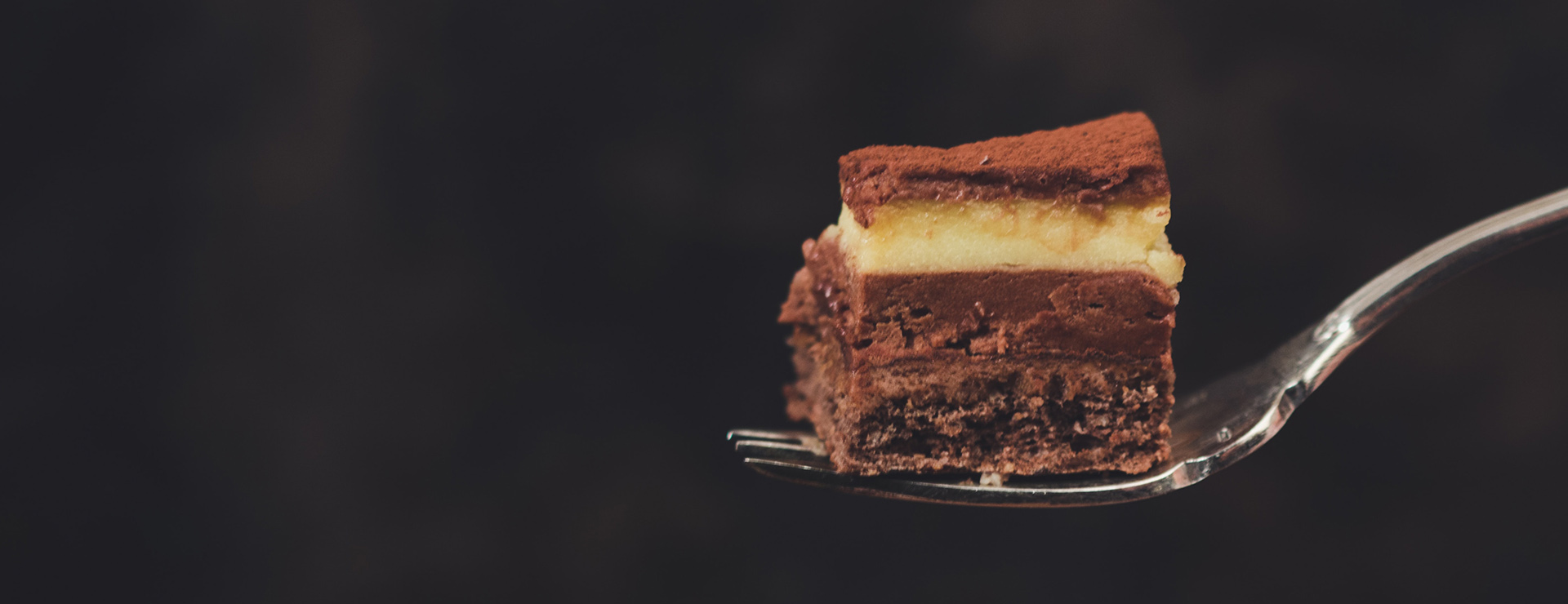
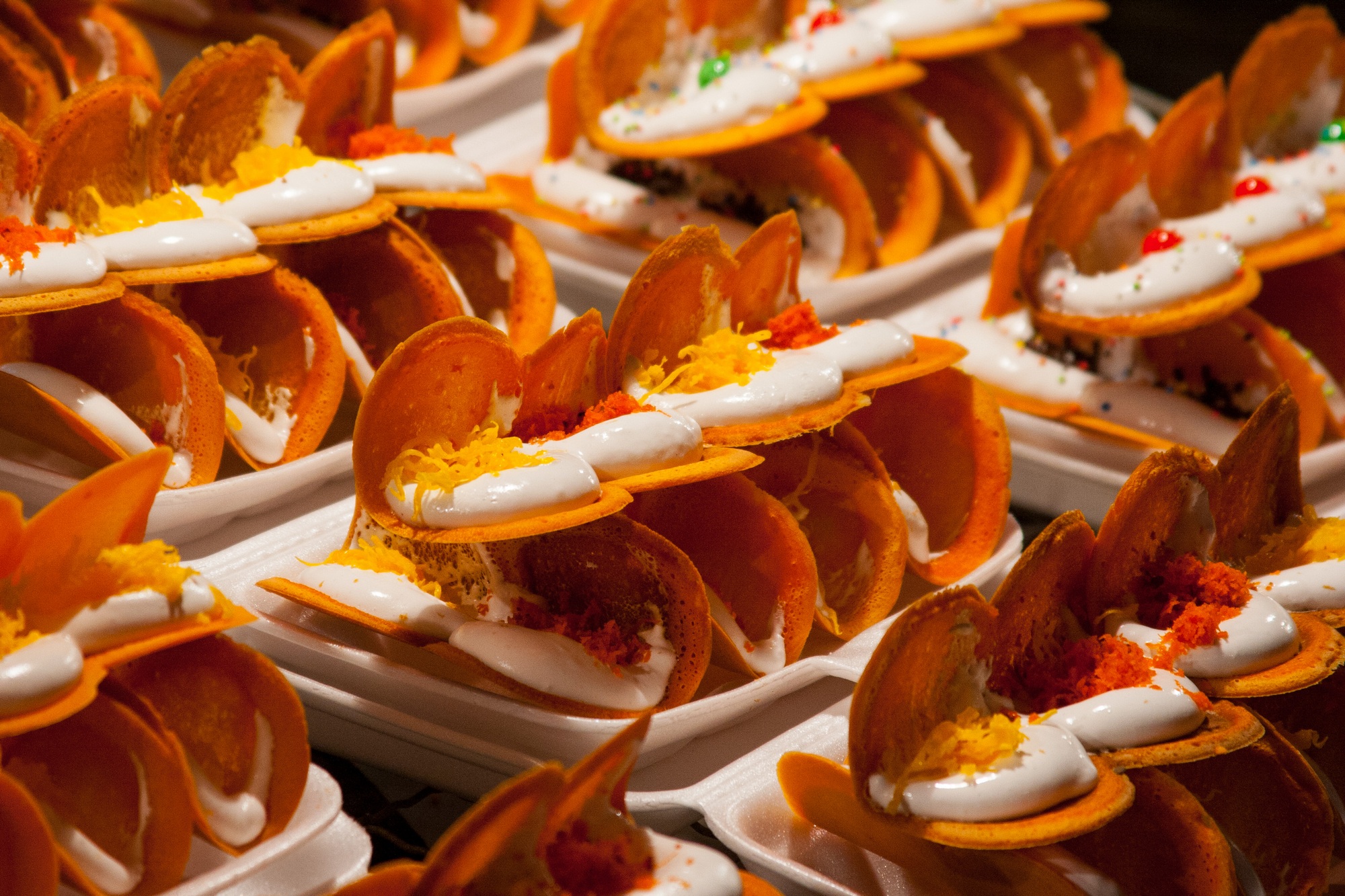
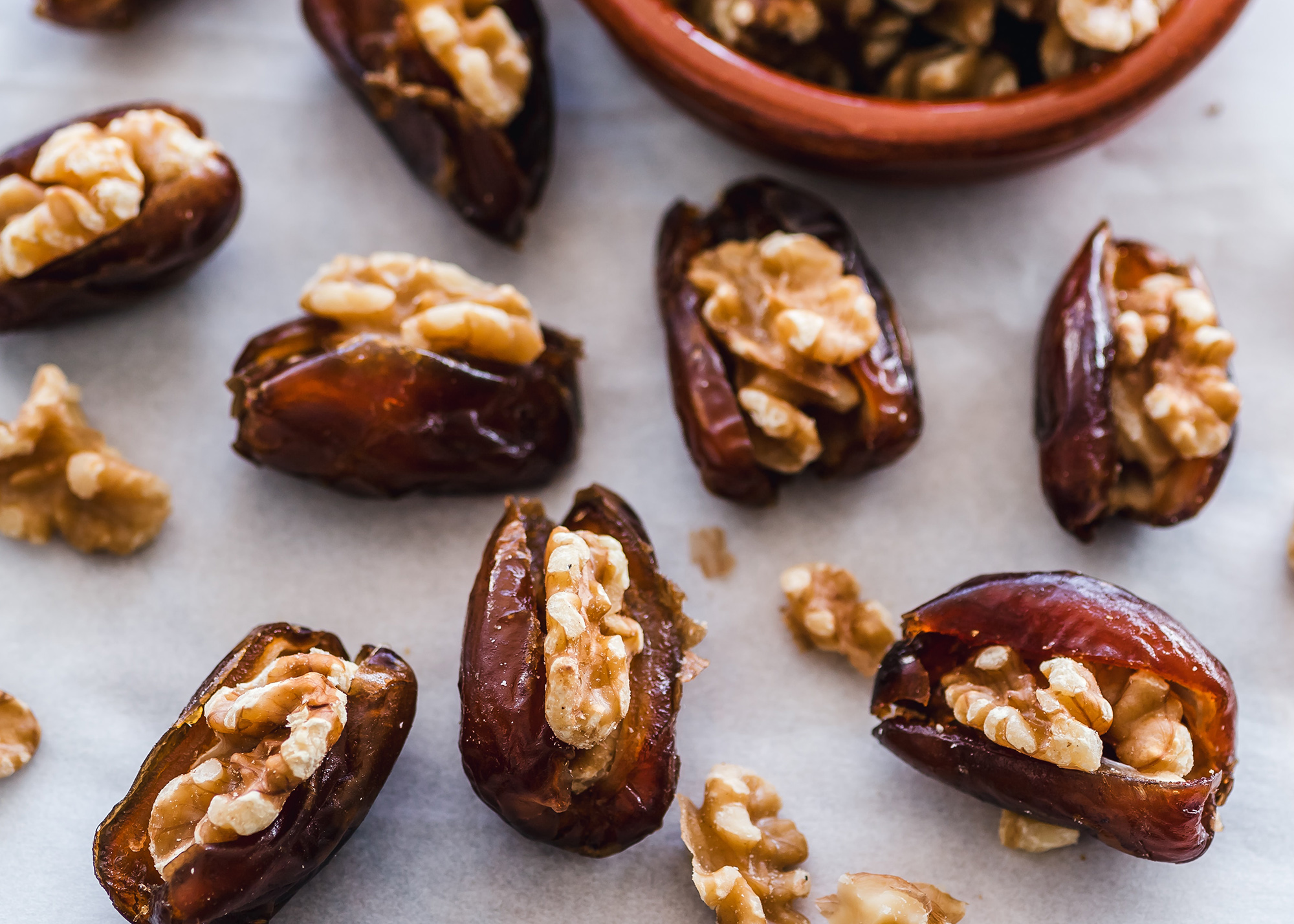
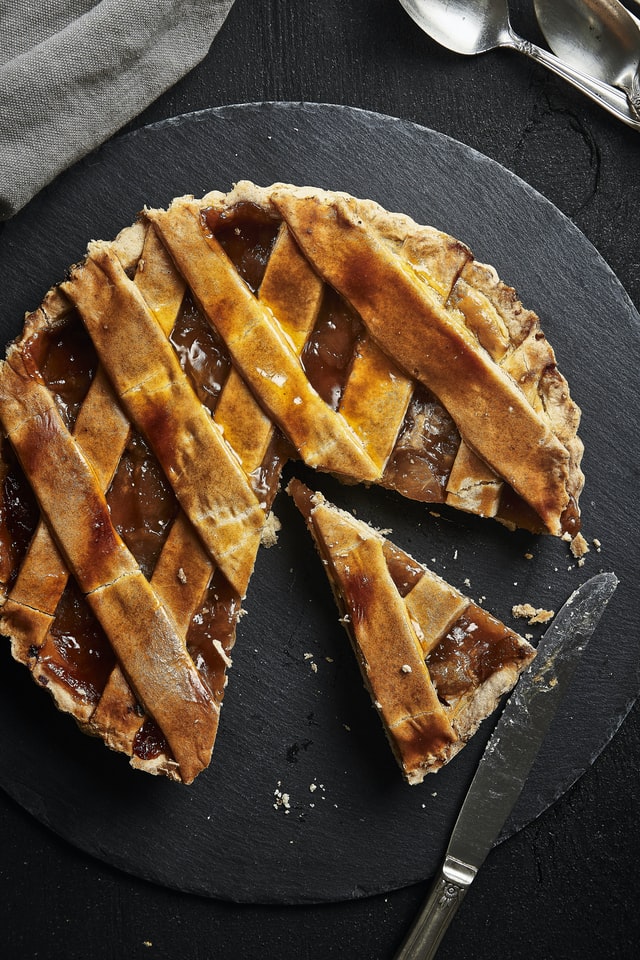


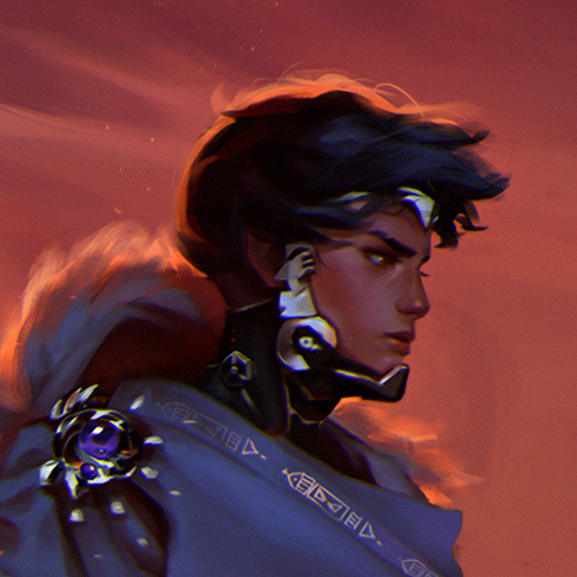






I like the idea of rolling food like a die. Consume good luck! I guess you'd need to stay on the baker's good side, so the symbols always reflect good things.
That's given me something to think about... food distribution... hmmm... thanks for the comment :)